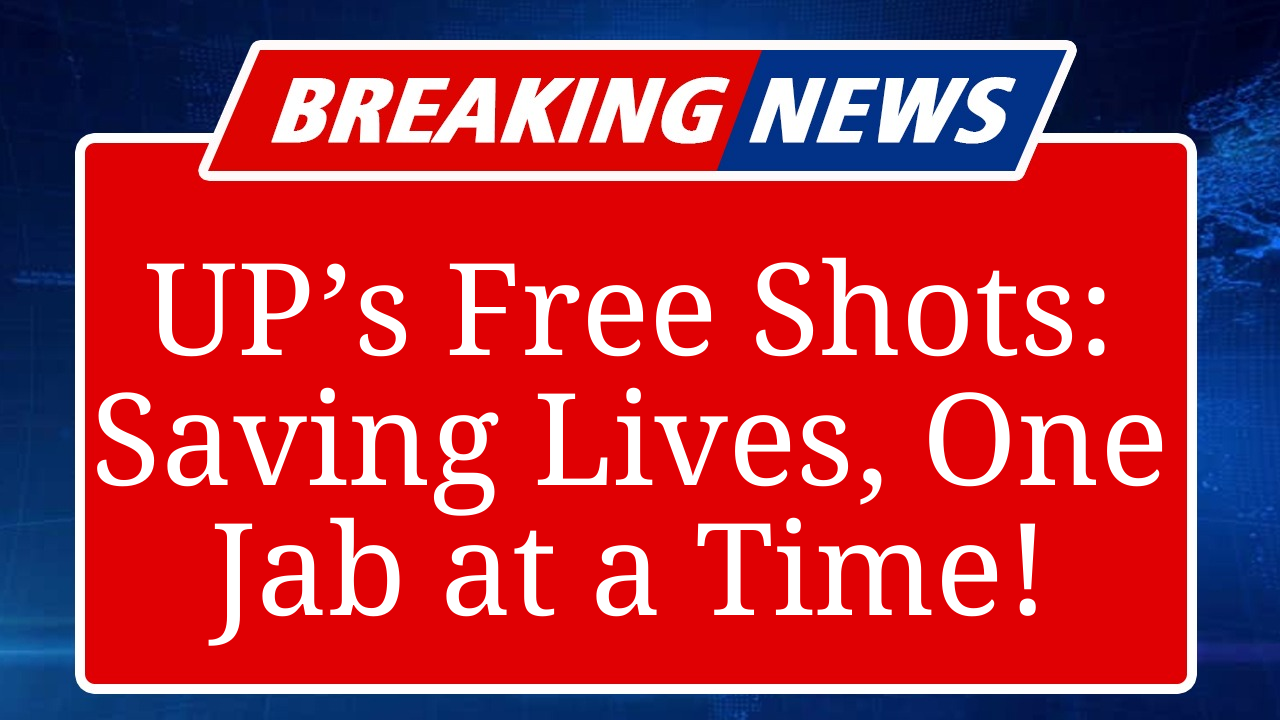Uttar Pradesh’s ambitious free vaccination drive aims to immunize all eligible residents against COVID-19 and other preventable diseases. With robust infrastructure and community outreach, the state has vaccinated millions, focusing on rural and underserved areas. Despite challenges like hesitancy, UP’s campaign sets a benchmark for public health initiatives in India.
Uttar Pradesh Bolsters Free Vaccination for All
Uttar Pradesh, India’s most populous state, has intensified its free vaccination drive to achieve universal coverage, targeting both COVID-19 and routine immunizations under the Universal Immunization Programme (UIP). Launched in 1985, the UIP provides free vaccines for 12 preventable diseases, including measles, polio, and hepatitis B, reaching approximately 2.67 crore newborns and 2.9 crore pregnant women annually. The state’s COVID-19 vaccination campaign, which began on January 16, 2021, has been a cornerstone of its public health strategy, administering over 220 crore doses nationwide by January 2023, with UP contributing significantly to this tally. As of March 2023, 95% of India’s eligible population (aged 12 and above) received at least one COVID-19 vaccine dose, with 88% fully vaccinated, and UP’s efforts have been pivotal in these figures.
The state’s vaccination infrastructure includes thousands of government health facilities and cold chain points, supported by the Electronic Vaccine Intelligence Network (eVIN) for real-time stock and temperature tracking. In 2022, UP expanded its COVID-19 vaccination to include children aged 12–14, starting March 16, and offered precautionary booster doses to adults aged 18–59 from April 10. A notable milestone was the 75-day free booster dose campaign launched in July 2022 to mark India’s 75th Independence anniversary, though response in some regions, like Vidarbha, remained low due to vaccine hesitancy and logistical issues.
Despite its scale, UP faces challenges in rural areas, where vaccine hesitancy persists due to misinformation and limited digital access for platforms like CoWIN. To counter this, the state has adopted door-to-door vaccination strategies and engaged community health workers to dispel myths. For instance, in remote districts, drones have delivered vaccines to overcome logistical barriers, a tactic previously used in India’s northeastern regions. The state’s Mission Indradhanush, launched in 2014, has also boosted routine immunization, achieving an 18.5% increase in full immunization coverage in targeted districts.
UP’s vaccination drive is further strengthened by partnerships with private hospitals, which administer 25% of doses, while the government provides 75% free of cost. The state has prioritized vulnerable groups, including pregnant women and children, with vaccines like the Measles-Rubella (MR) and Pneumococcal Conjugate Vaccine (PCV) integrated into the UIP. Recent posts on X highlight UP’s proactive governance, with initiatives like the Uttar Pradesh State Institute of Forensic Science reflecting the state’s commitment to innovation, which extends to its health campaigns.
However, challenges remain. Vaccine hesitancy, particularly in rural and tribal areas, has been fueled by misinformation, as seen in districts like South Salmara Mankachar, where only 3% of the population was vaccinated by mid-2021 due to distrust. UP’s response includes awareness campaigns led by local leaders and health workers, which have increased acceptance, with over 80% of India’s population showing a positive response to vaccines by 2023. The state’s efforts align with India’s broader goal of eliminating measles and controlling rubella, with the MR vaccine campaign targeting 41 crore children since 2017.
Disclaimer: This article is based on information from web sources, government reports, and posts on X. Data reflects the latest available figures as of September 2025. Readers are advised to verify details with official health authorities for real-time updates.

